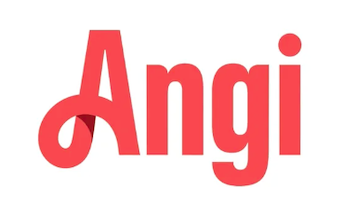
A furnace is often a background player at home, helping keep you warm across the cold winter months. It often won't be noticed until something goes wrong.
One cause might be that your furnace has a cracked heat exchanger. It can potentially be hazardous, so it’s worthwhile to familiarize yourself with the evidence of a cracked heat exchanger and what you should do if you believe that might be the problem.
What Is a Heat Exchanger in a Furnace?
A heat exchanger helps transition heat from the combustion chamber of your furnace to the air that circulates throughout the ventilation. It generally handles this through coils or tubes that heat up the air while functioning as a barrier to keep the gasses created in the combustion chamber, called flue gasses, from getting out into your home.
Is a Cracked Heat Exchanger Dangerous?
Thanks to its central role, it shouldn't come as a surprise that a broken heat exchanger can be very dangerous. A damaged heat exchanger can allow dangerous gasses – including carbon monoxide, which can be lethal – to circulate across your home.
For this reason, don't ever use your heating if you think you're dealing with a cracked heat exchanger, as doing so could make the entire household sick. Contact an HVAC professional immediately if you believe your heating has a cracked heat exchanger that needs repair.
Four Warning Signs of a Cracked Heat Exchanger:
- Furnace switches off: A crack in your heat exchanger could cause your furnace to switch off.
- Odd Smells: If the air leaving your furnace has an intense chemical odor, it might be evidence gasses are seeping through cracks in your heat exchanger. These byproducts, which will often smell like formaldehyde, are a significant warning sign.
- Carbon monoxide alarm initiates or you feel health problems: If a cracked heat exchanger is emitting carbon monoxide inside your home, your carbon monoxide alarm should go off or household members could struggle with signs of carbon monoxide poisoning. Complications include headaches, dizziness, weakness, nausea, vomiting or feeling tired. If an alarm goes off or you feel unwell, get out of the home as soon as you can and then call for help.
- Soot: If you notice black sooty accumulating around the exterior of your furnace, it’s more evidence something may be seriously wrong.
What to Do if a Furnace Heat Exchanger is Cracked
If you suspect your furnace has a cracked heat exchanger, call a professional with extensive experience in furnace installation Odessa as soon as possible so they can take a look at your system and, if needed, perform a furnace heat exchanger replacement. Costs will fluctuate depending on the situation, but estimates run in the neighborhood of $1,000 to $3,000.
Fortunately, the good news is that heat exchangers are regularly covered by the warranty. You should confirm the warranty paperwork on your furnace, since while the warranty may not cover the entire cost of repairs, it could significantly lower your bill.
How to Avoid a Cracked Heat Exchanger in Your Home
One of the best ways to prevent a problem in your furnace overall is with regular furnace maintenance. Furnaces offer the most benefits when they run efficiently. Hiring a certified professional to examine your furnace for worn-out parts, clogged filters and other common problems can help you avoid getting a big bill later on.
It’s also a good idea to review your furnace filters every few months – it’s encouraged some filters be changed every 90 days or sooner if they are dirty or grimy. While the filters aren't connected to the heat exchanger itself, the strain of pulling air through a clogged filter makes the entire furnace work more vigorously to accomplish its job. And the harder your furnace works, the more wear and tear pieces like the heat exchanger will experience.

